Your cart is currently empty!
Tag: education
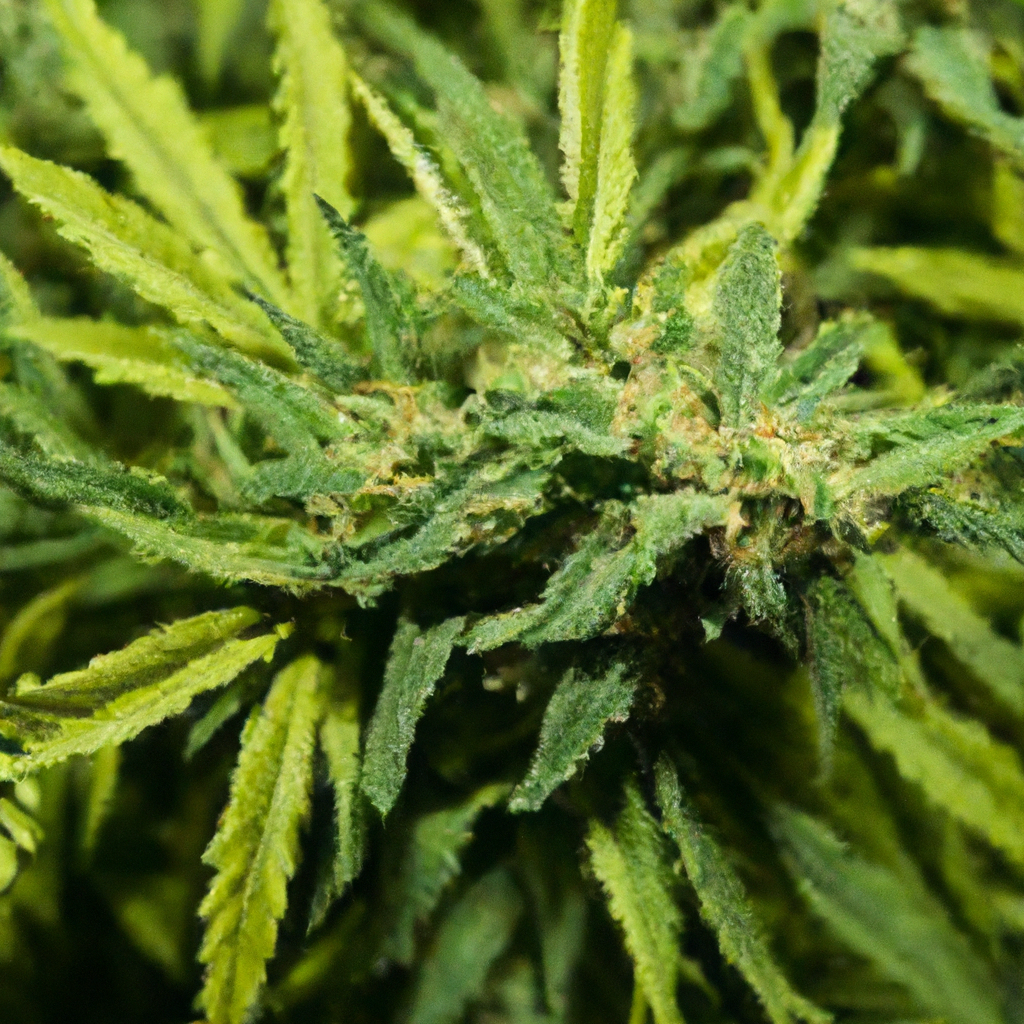
Long before modern cultivation, cannabis was a cornerstone in ancient agriculture, enhancing soil quality, aiding crop rotation, and providing materials like fiber for essential goods. Its ability to adapt led to diverse strains that suited various climates, such as sativa in equatorial regions and indica in mountainous areas. Beyond practical uses, cannabis held cultural and…
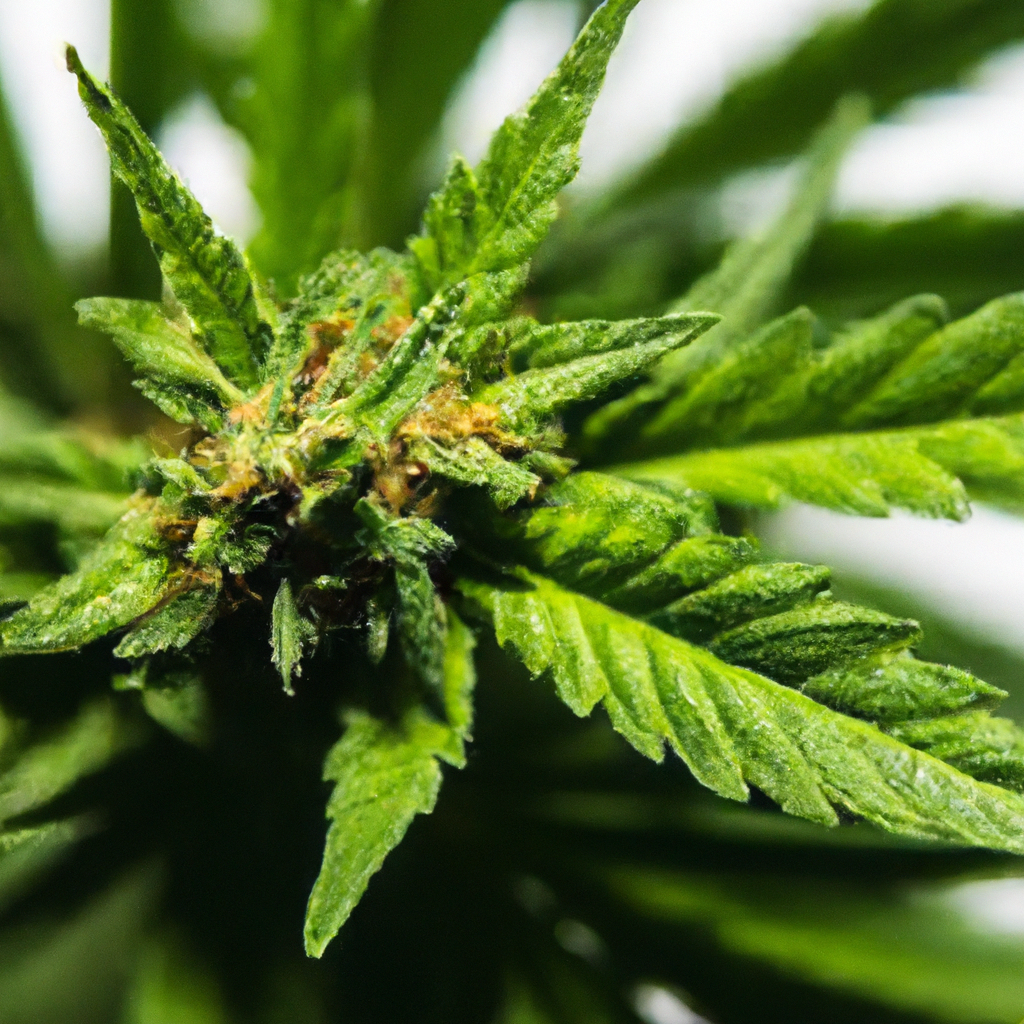
Cannabis has been utilized for thousands of years, with modern science unveiling its true potential. The 19th century marked the beginning of its scientific exploration, with figures like Dr. William O’Shaughnessy introducing cannabis to Western medicine after observing its use in India. Significant milestones include the isolation of cannabinoids in the 1940s and the discovery…
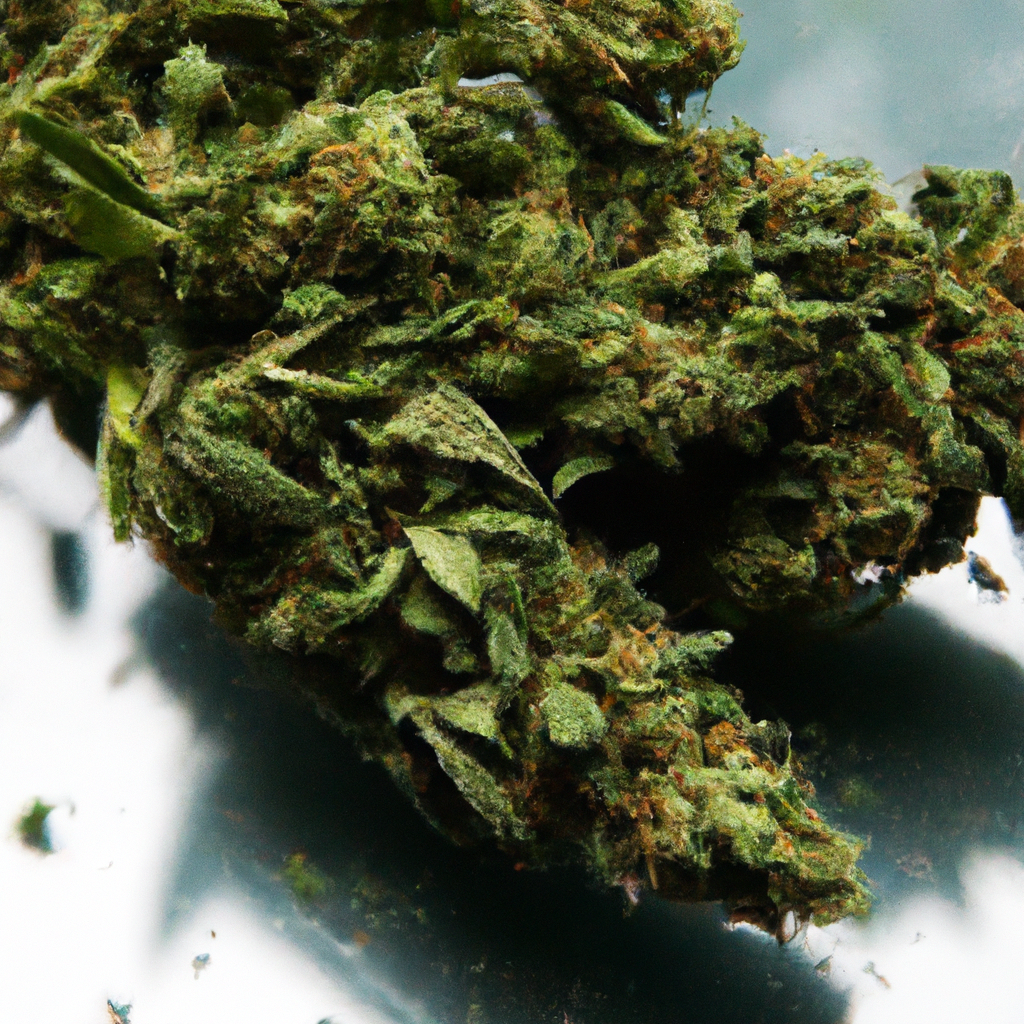
Cannabis has been integral to cultural celebrations for centuries, from ancient rituals to modern festivals. Historically used in spiritual ceremonies in India and China, it has evolved into a symbol of freedom and community. Today, cannabis is celebrated in mainstream events like the annual 420 gatherings and themed weddings. In Brazil, its presence at Carnival…
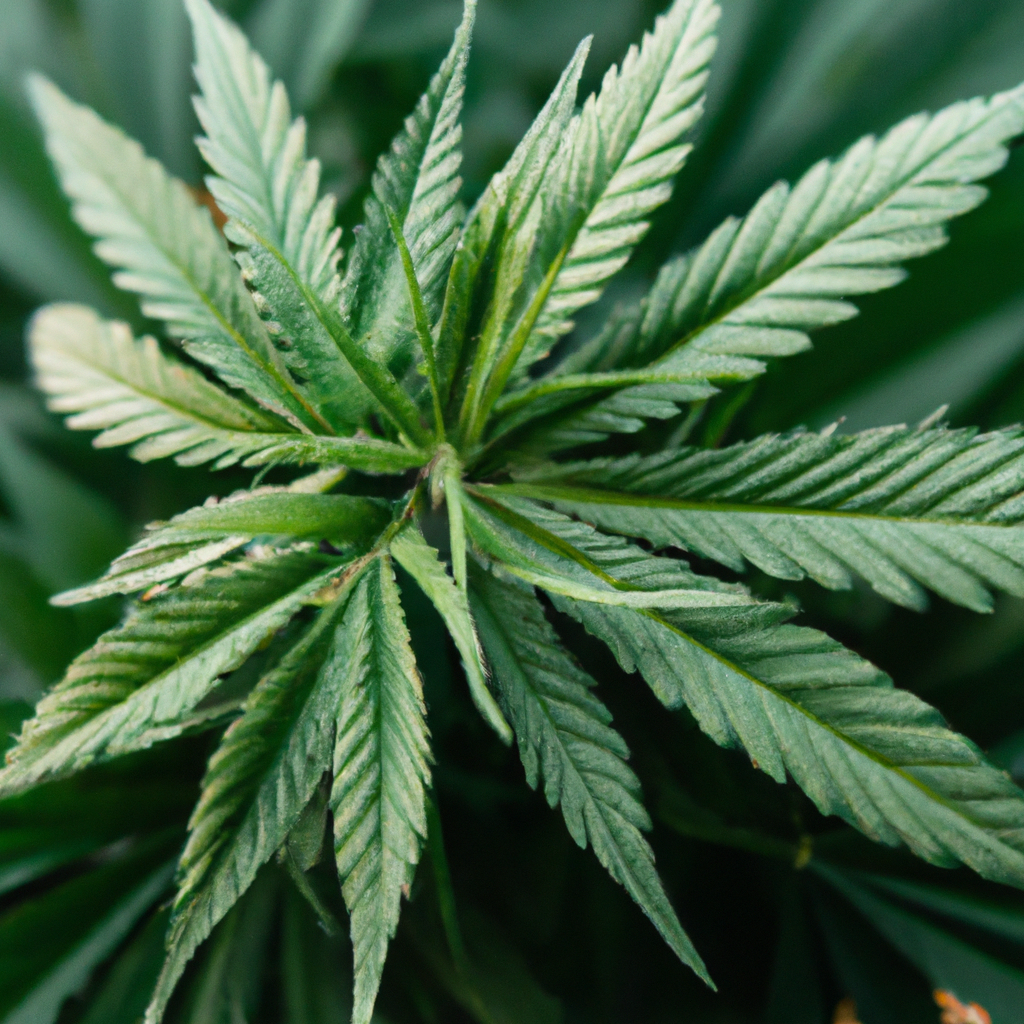
Cannabis-infused beverages are emerging as a popular way to enjoy cannabis, combining its effects with the refreshment of a drink. This article explores the historical use of cannabis drinks, preparation techniques, and the expanding market. Ancient India’s Bhang highlights the long-standing tradition, while modern science enables efficient infusion of cannabinoids like THC and CBD through…
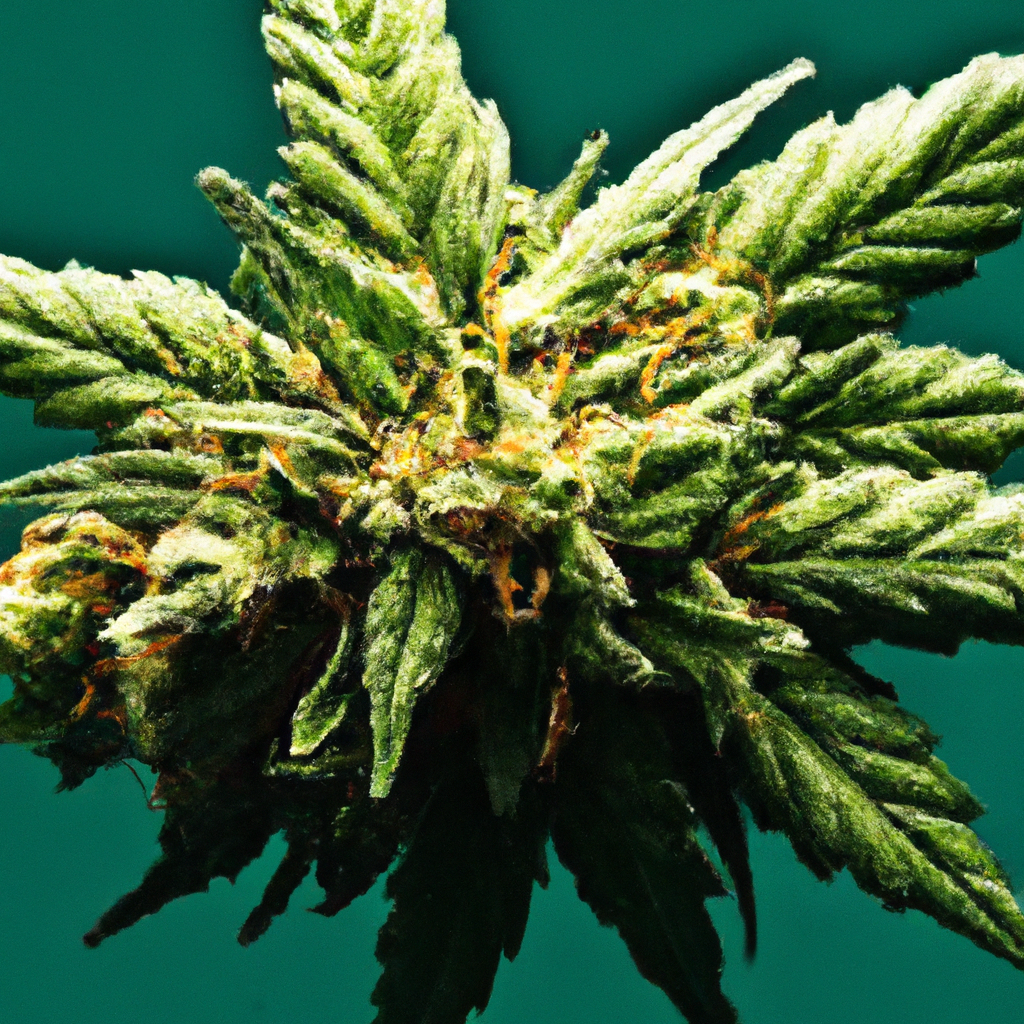
As cannabis transitions from prohibition to mainstream acceptance, understanding global legislation is crucial for stakeholders. The U.S. faces a complex legal environment with state-level legalization conflicting with federal law. Canada serves as a model with its nationwide legal framework. In the EU and Asia, regulations vary widely. Recent trends emphasize social equity, cross-border commerce, and…
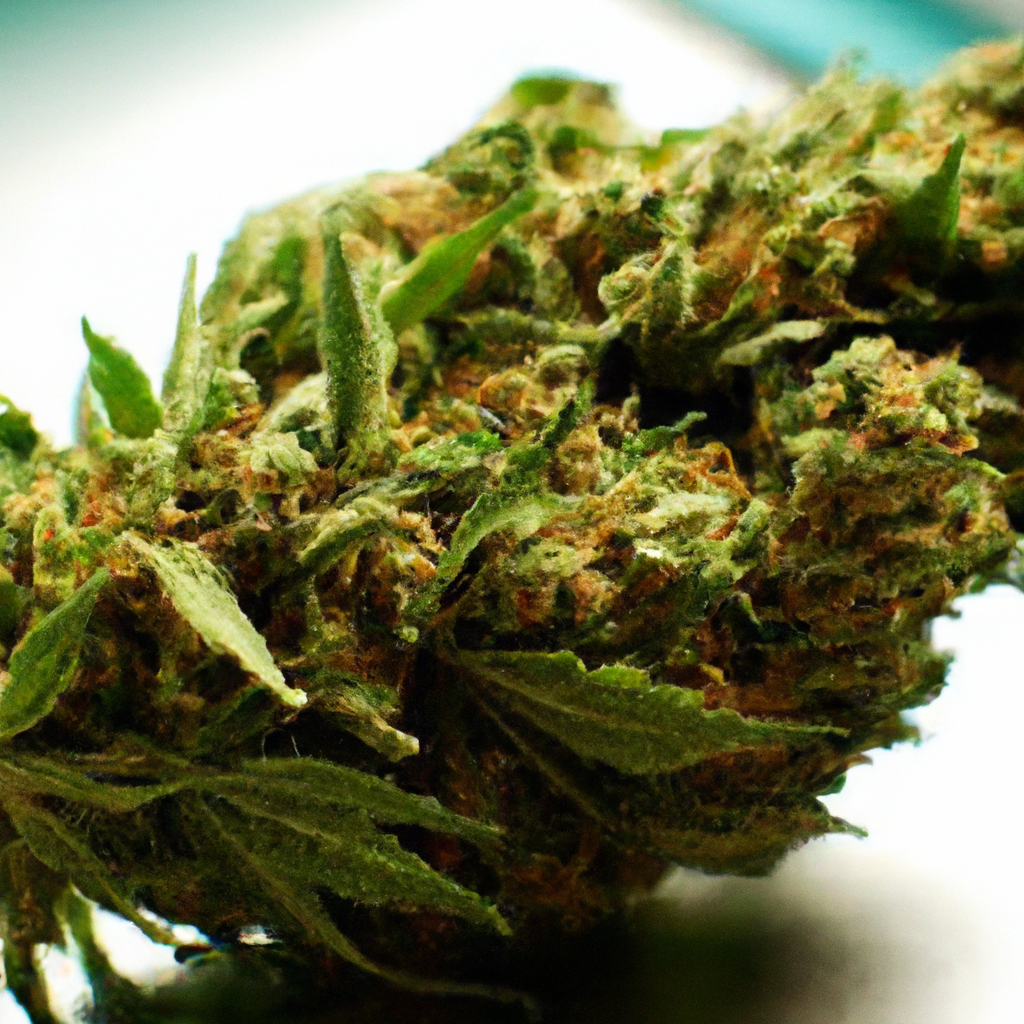
Cannabis has been integral to numerous cultures throughout history, serving as medicine, a ritualistic component, and a practical resource. From ancient Chinese and Egyptian healers utilizing it for medicinal purposes to its role in rituals among the Scythians and Hebrews, cannabis was a versatile asset. It also found use beyond consumption, with early civilizations using…
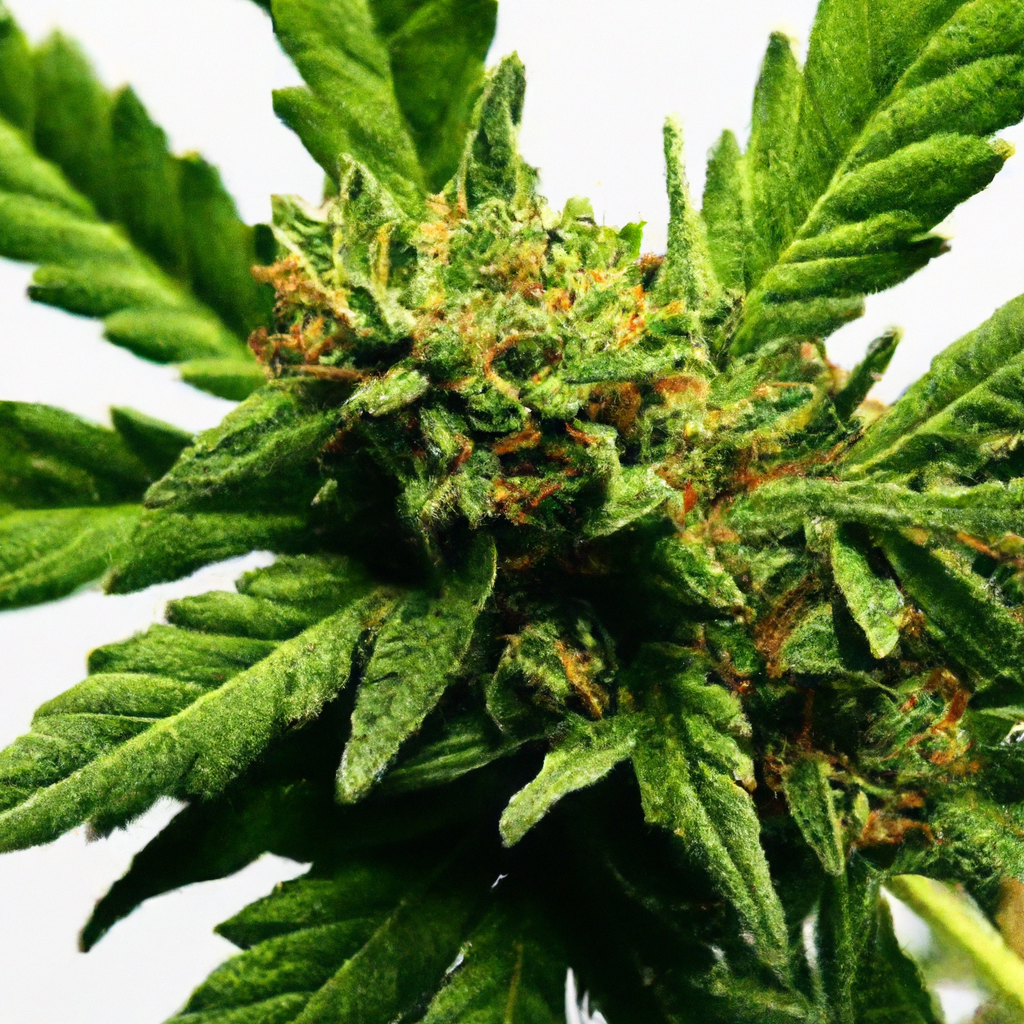
Cannabis labeling is vital for product identity and consumer safety by providing essential information. As the industry advances, understanding the labeling intricacies becomes crucial. The blog explores regulatory requirements, including ingredient disclosure and potency information, and emphasizes the significance of cannabinoids and terpenes in product effects. Standardized testing ensures label accuracy and consumer safety by…
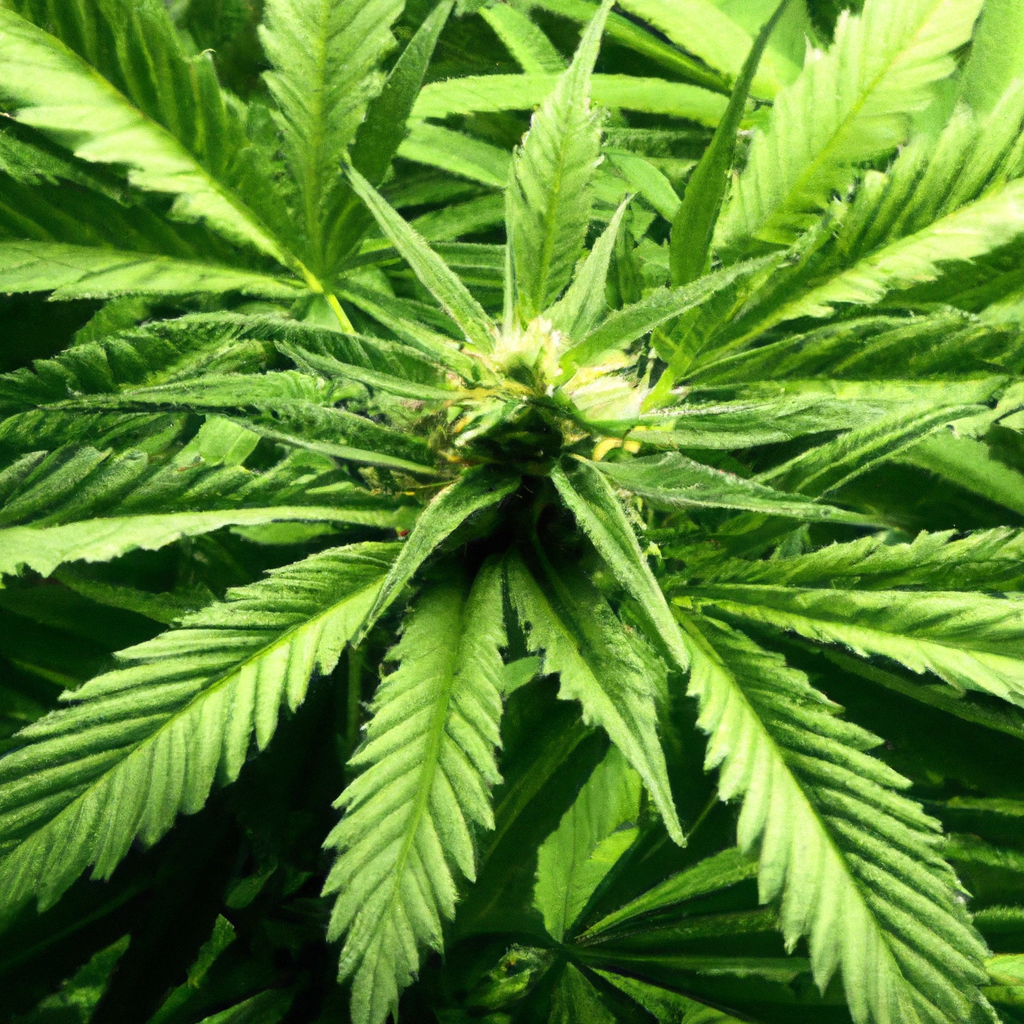
The cannabis industry is increasingly embracing sustainable practices like crop rotation to enhance quality and yield. Rooted in traditional agriculture, crop rotation involves planting different crops sequentially in the same area, benefiting soil fertility, pest control, and biodiversity. For cannabis farmers, rotating crops such as nitrogen-fixing legumes can replenish nutrients, disrupt pest cycles, and improve…
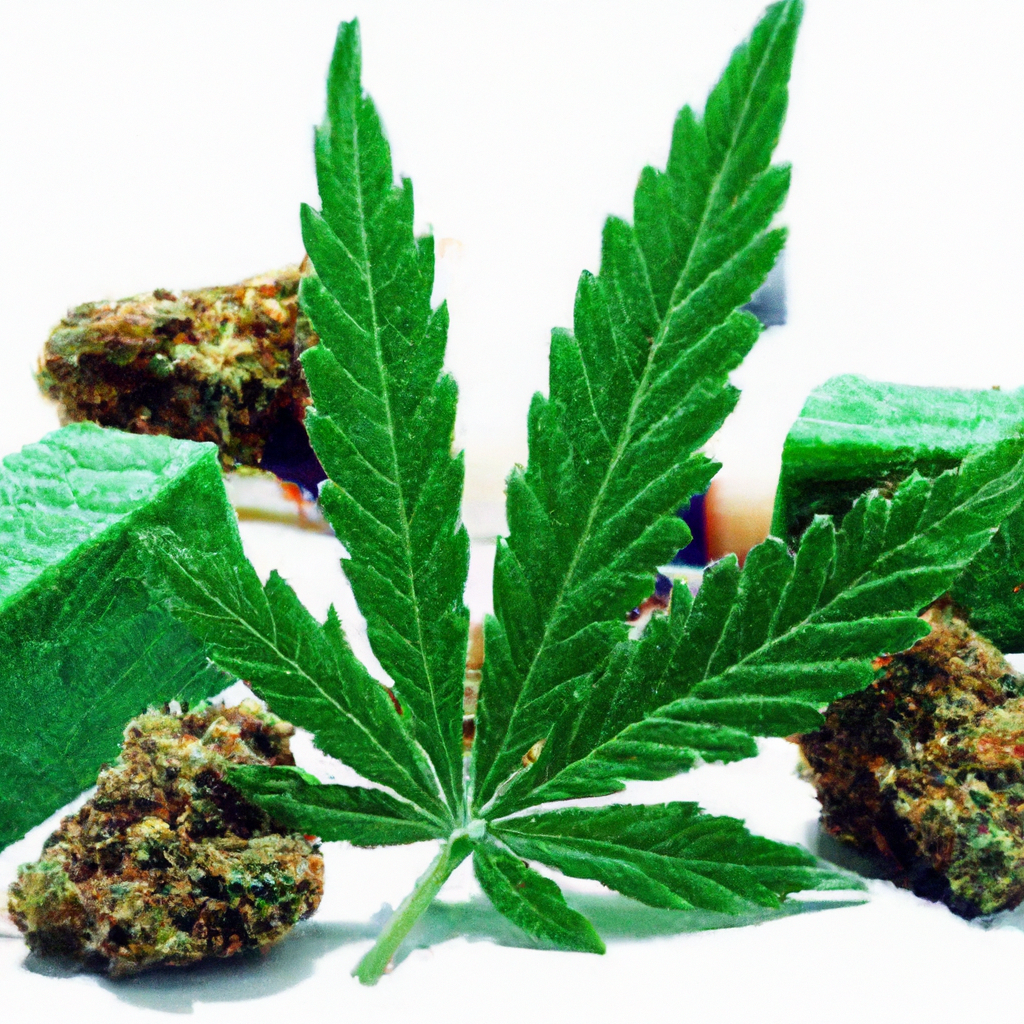
Cannabis edibles have surged in popularity, offering a flavorful and discreet alternative to smoking or vaping. These treats provide long-lasting effects without lung irritation, appealing to both new and seasoned users. The blog post explores the appeal of edibles and emphasizes understanding their delayed onset and prolonged effects. For responsible consumption, it advises starting with…
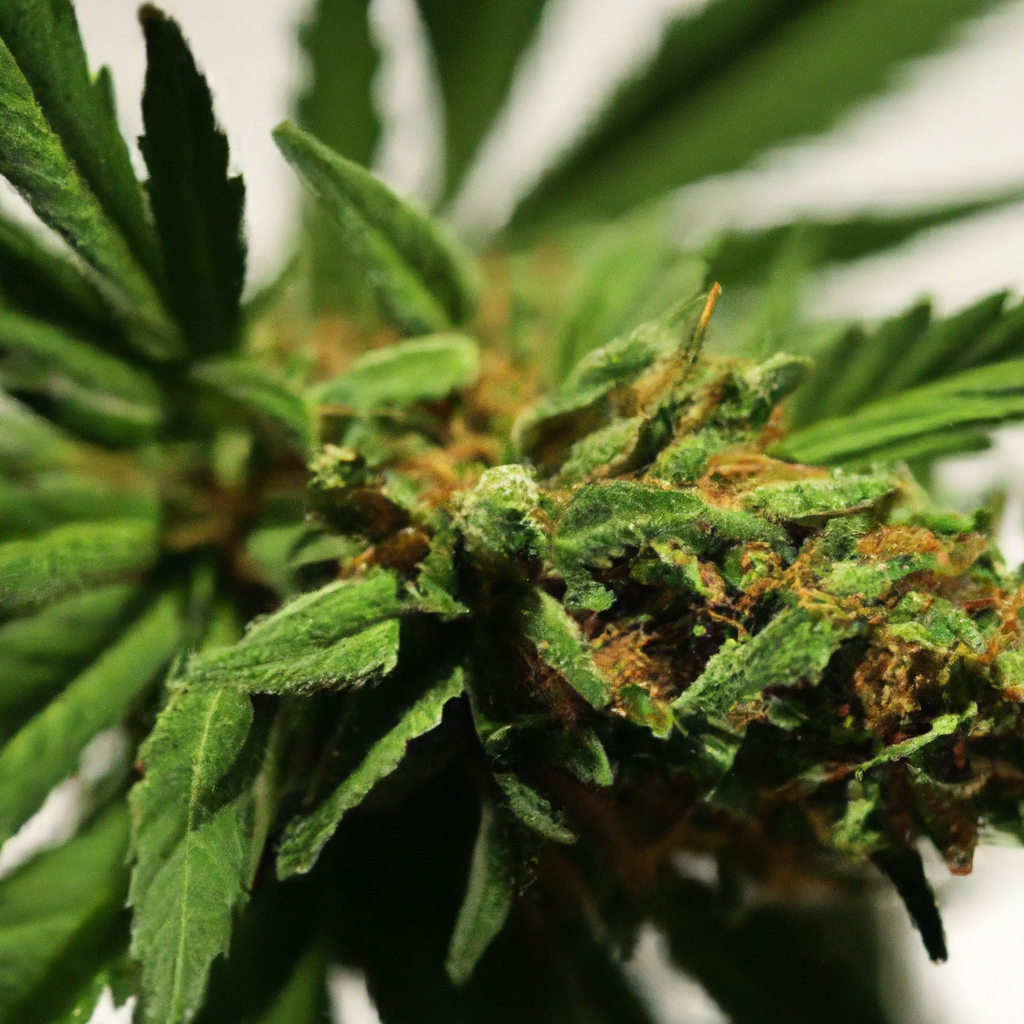
Cannabis has been integral to traditional medicine across different cultures, from ancient China, where it treated ailments like gout, to India’s use in religious and medicinal practices. The plant’s psychoactive and analgesic properties were also valued in medieval Arabic medicine and African healing rituals. Today, modern science, inspired by such traditional uses, explores cannabis’s therapeutic…
